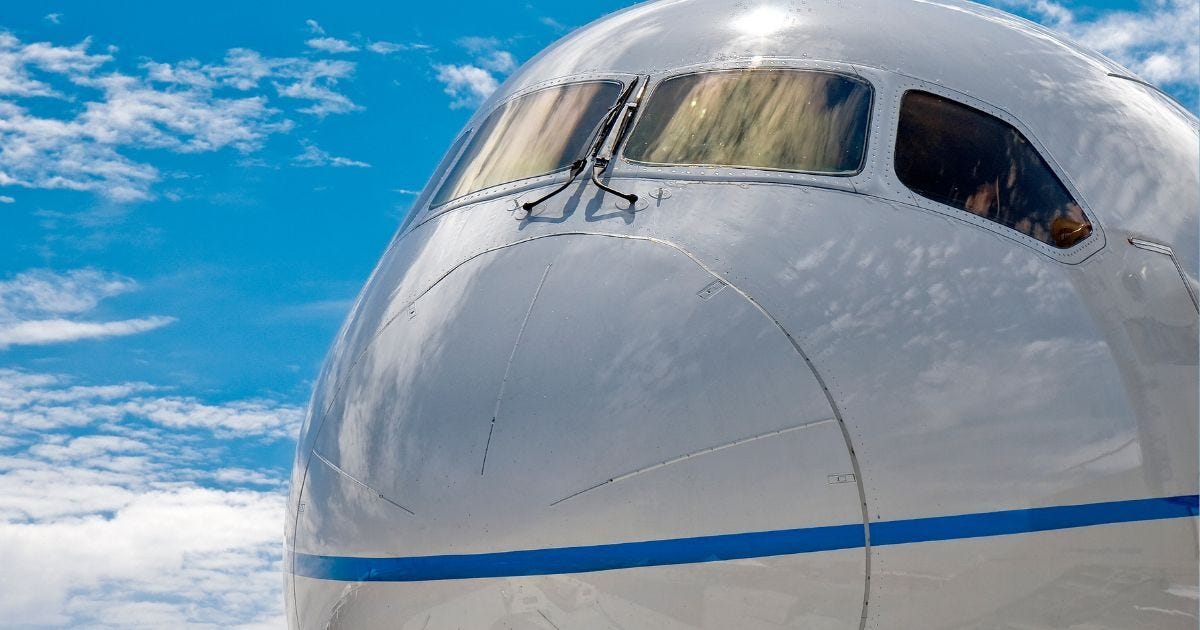The Truth About Aviation Safety: Data vs. Social Media Panic
While experts track decades of improvement, dramatic near-miss videos fuel public anxiety.
On one side stands a world of carefully measured statistics and methodical analysis. On the other, a realm of viral videos and instant reactions. Their collision creates a fascinating story about how modern societies process risk.
What's Happening
Global aviation accidents show steady decline over past two decades despite increased air traffic
Recent high-profile incidents and social media exposure fuel public perception of rising crashes
Boeing 737 Max issues and January 2024 military collision spark concerns, but January 2025 accidents lower than previous years
Air travel remains safest transport mode with 0.001 deaths per 100M miles vs 0.54 for cars in 2022
Which world should we trust to understand aviation safety? It all depends on your Cultural Perspective.
The Perspective
I see three distinct cultural patterns in how Americans engage with aviation safety information today.
Data-driven culture - experts who inhabit a world where truth lies in long-term trends and statistical significance. Their reality is built on decades of accident rates and safety improvements.
Social media culture which thrives in a parallel universe where dramatic moments matter more than context. Here, a single video of a near-miss carries more weight than a thousand safety reports.
Between these worlds stands the public, trying to make sense of contradicting messages about whether flying is becoming more dangerous.
This cultural divide threatens public confidence when America needs to maintain its role in global aviation safety. While other nations find ways to bridge technical expertise and social media dynamics, America's competing realities risk undermining its aviation leadership.
Why It Matters
These cultural differences shape more than just public perception - they determine how people evaluate risk and make decisions about safety.
When statistical trends show declining accidents while viral videos suggest increasing danger, we're seeing a fundamental shift in how information flows and trust develops in modern society.
Neither world is wrong. Statistics and viral moments each tell part of the story. But their growing separation creates unnecessary fear.
What It Means
The gap between data-driven analysis and social media narratives creates real challenges for aviation safety.
When experts present charts showing "steady decline in accidents" while TikTok shares videos of "hair-raising near-misses," these parallel realities distort public understanding. A single dramatic incident can now overshadow years of safety improvements.
Each world moves at its own pace. Statistical analysis requires careful study and peer review. Social media demands instant reactions. When Transport Secretary Duffy must address viral aviation fears despite improving safety numbers, we see how these time scales clash.
The measures of truth differ fundamentally. Data-driven experts rely on comprehensive analysis and statistical significance. Social media measures truth in shares and views. These competing standards leave the public struggling to judge real risk.
What's Next
This cultural divide between data and drama will likely grow as social media's influence expands.
Watch for aviation authorities to experiment with new ways to make their statistical insights compete with viral content. Success requires translating dry data into compelling narratives without sacrificing accuracy.
The future of aviation safety communication depends on building bridges between these parallel worlds. America must find ways to harness both the authority of statistics and the power of social media to maintain public trust.
Progress means learning to tell aviation safety stories that resonate in both worlds - stories backed by data but told with enough immediacy to capture attention in today's media landscape.





